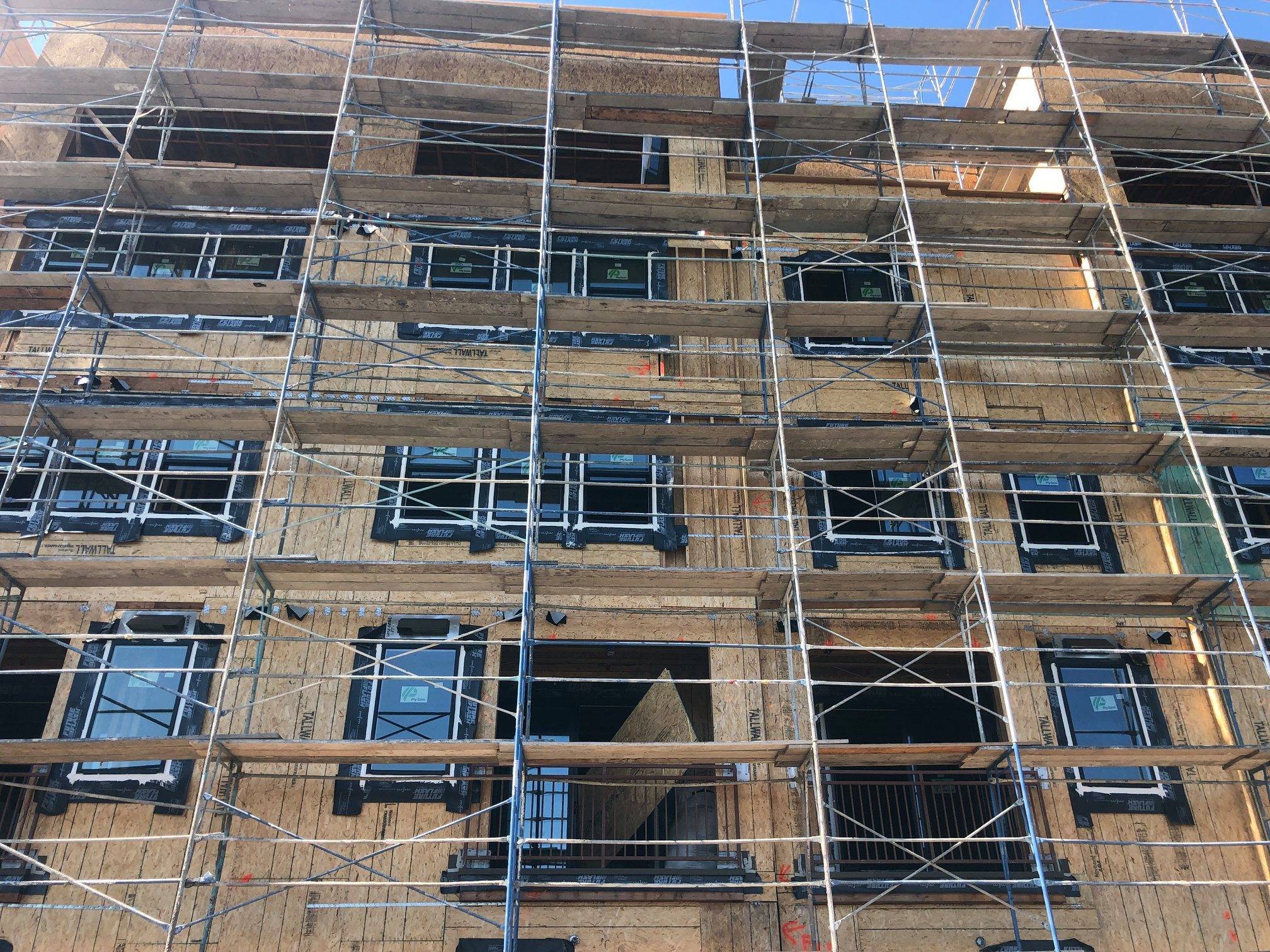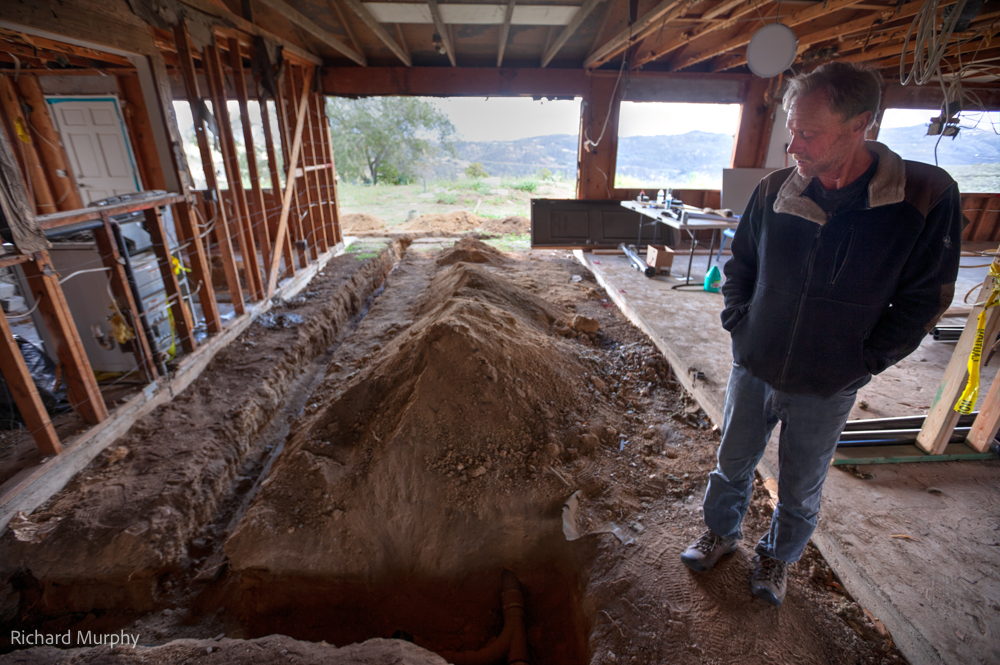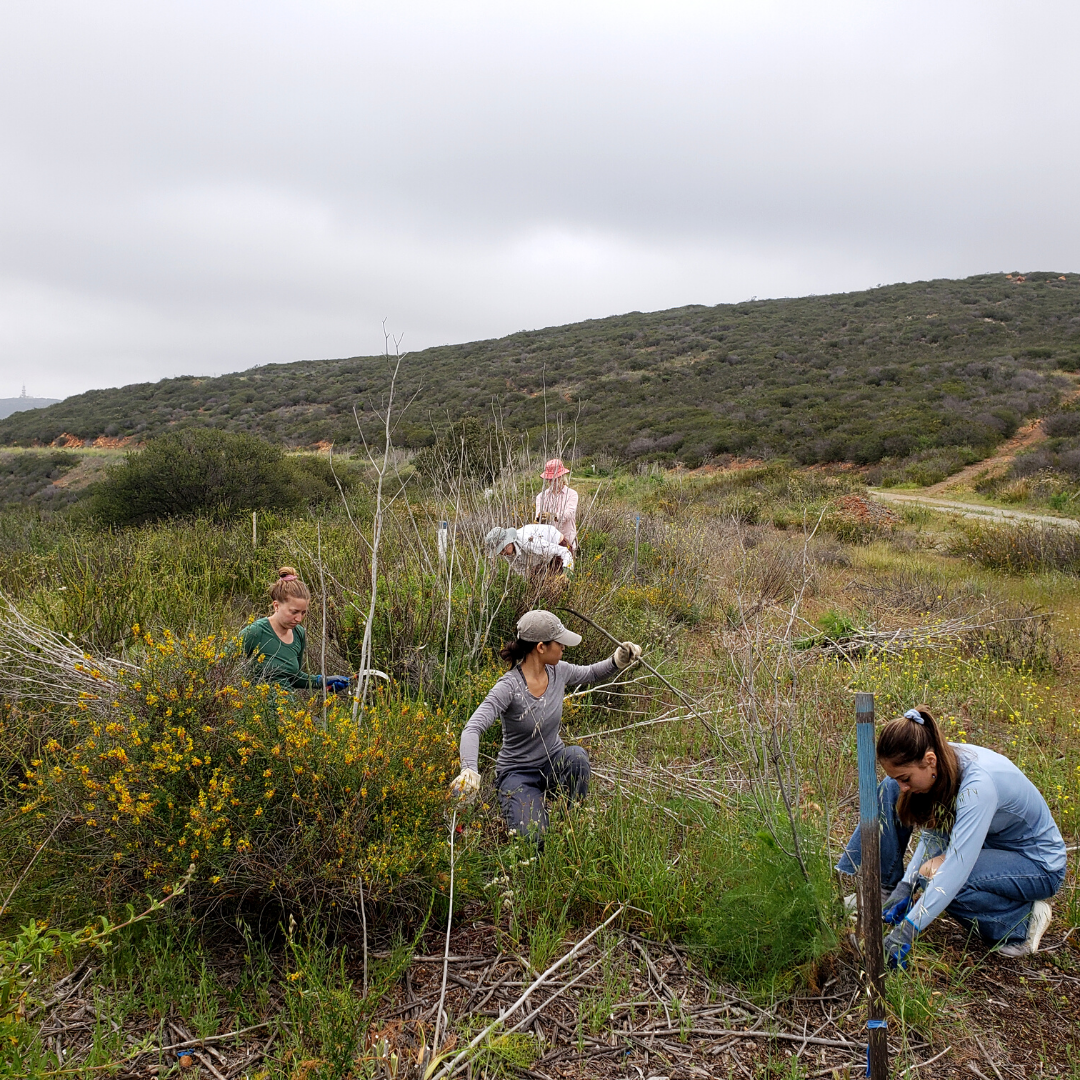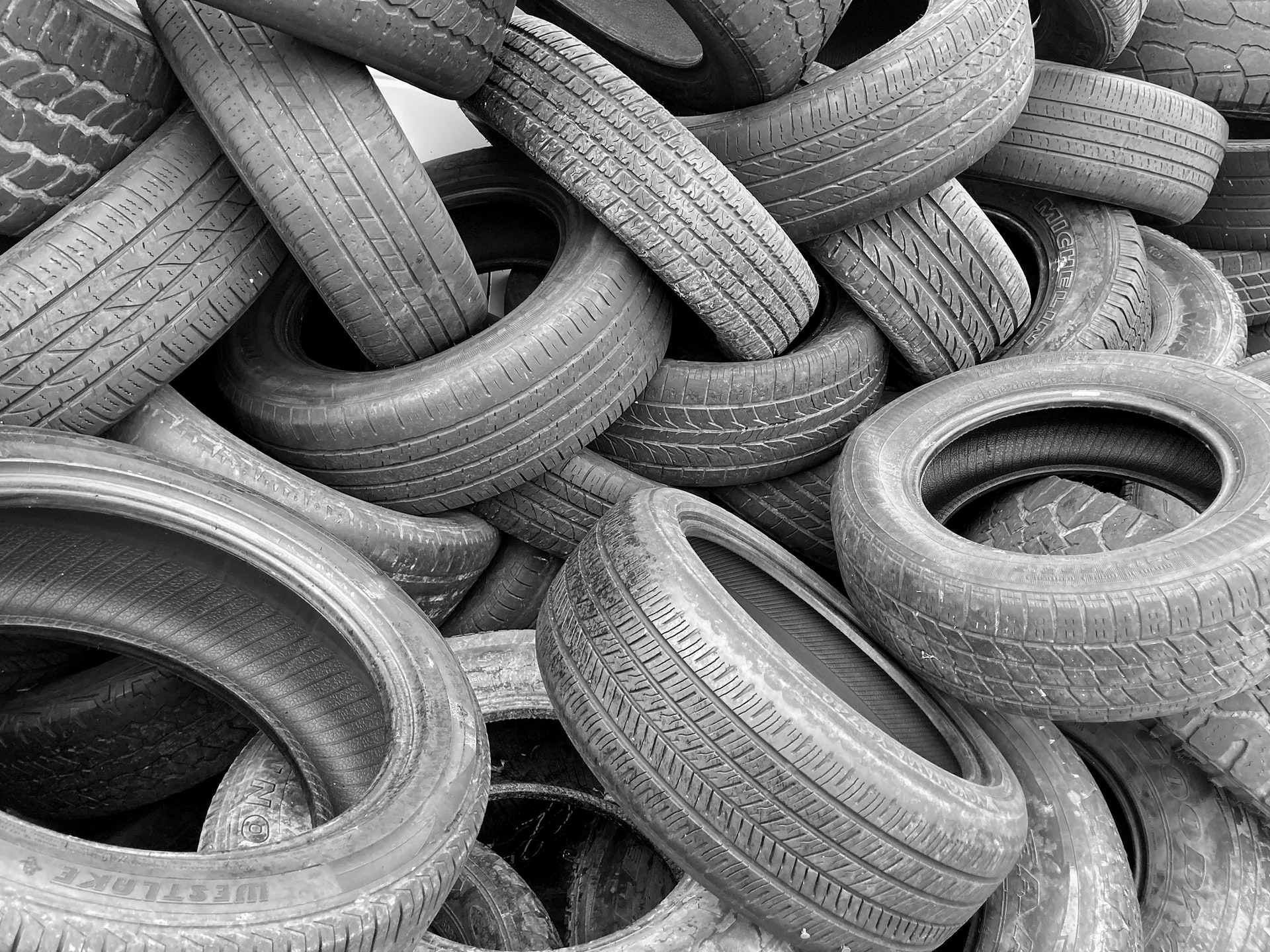
Are Affordable Housing and Conservation Incompatible?
It is the natural beauty and quality of life that draws people here. We love California and want to preserve it, but are providing housing and saving California’s natural wonders incompatible concepts? We think not.
It is where and how housing is built that determines whether the beauty and biological diversity of our state is protected. The previous practice of building car-dependent subdivisions far away from workplaces has created traffic jams that translate into the average auto commuter in San Diego County wasting 64 hours per year in traffic. It has also increased the risk of wildfire as homes are built in high fire areas and almost 95% of fires are started by people.
In the Escondido Creek watershed, a housing option exists that is good for the city and region, good for the creek, and good for wildlife. As part of our Grape Day Park restoration project, we contracted a real estate economics firm—London Moeder Advisors—to investigate the economic spin-off benefits associated with restoring the creek. London Moeder recommended the City of Escondido enhance residential zoning around the park, as studies show people want to live near parks and water. The study shows restoration of the creek through the park could yield annual recurring revenues ranging from $1.9 million to $7 million! Other cities that have done creek and river restoration projects have seen economic development spin-off in the hundreds of millions and more.
The Grape Day Park project is designed to encourage development in areas surrounding the park, with the idea that restoration of the creek in the park will serve as a model for restoration of the 6+ mile flood control channel in the city. We know from other areas that this formula works—you can have clean and healthy creeks and economic development thriving together. Escondido deserves no less.





